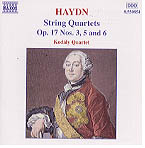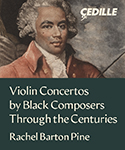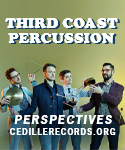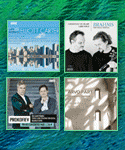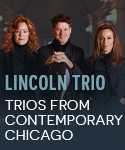Even in these relatively early explorations of a developing genre, Haydn constantly pushed the string quartet form with ingenious thematic devices, surprise harmonic and melodic turns, and innovative rhythmic effects. The Kodály Quartet is particularly adept–some may say conservatively so–at maintaining smart, neatly trimmed, well-mannered interpretive gestures while giving due priority to Haydn’s most eloquent phrases. The danger here is that we get lots of prettiness at the expense of personality and passion–as in the “Menuetto” of the G major quartet, where the Kodály’s straitlaced performance fails to tap this cleverly written movement’s crucial, playful elements. Experienced Haydn listeners won’t be satisfied with such an even-tempered approach to music that inherently deserves much more energy and spirit. But few will complain about the pleasing, complementary sound that places the instruments in a well-balanced, lively space that lets us clearly hear every note. The recorded competition for these Op. 17 quartets is very scarce; but the recording by the Tatrai Quartet (Hungaroton) is complete, and far more compelling.






















